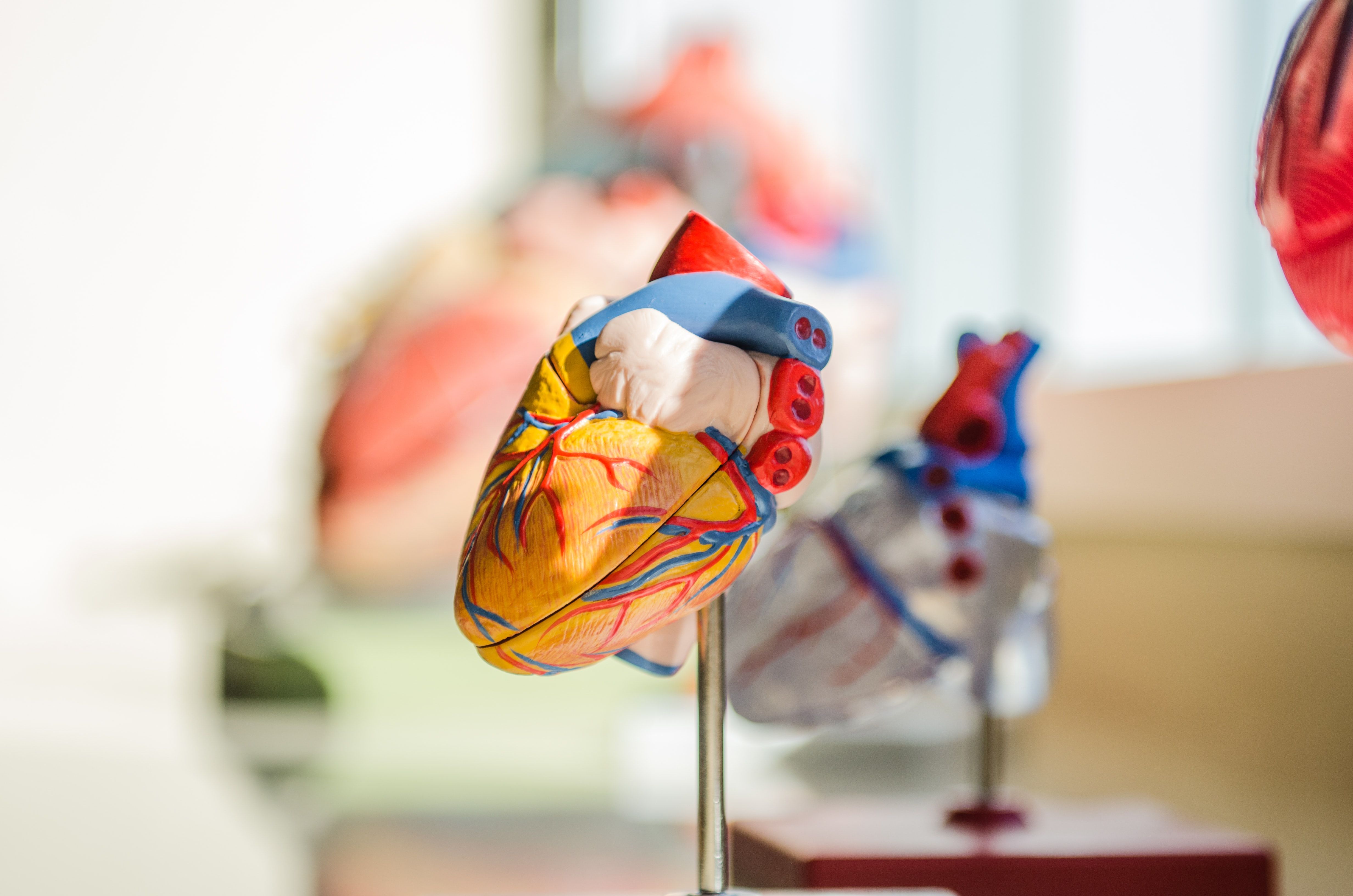Myocarditis Among Student-Athletes Recovering from Coronavirus
University of Wisconsin, Madison investigators screened 145 student-athletes who were recovering from asymptomatic or mild-to-moderate coronavirus cases.

Using cardiac MRI for the purpose of tracking and screening for myocarditis among competitive athletes who are recovering from mild to moderate or asymptomatic cases of the novel coronavirus (COVID-19) isn’t particularly useful, according to a Brief Report published in JAMA Cardiology.
Investigators from the University of Wisconsin, Madison used an electronic health records search to identify student-athletes with COVID-19 in order to determine the utility of cardiac MRI as part of a screening program for student-athletes who are recovering from COVID-19. The study authors identified their participants as those student-athletes with COVID-19 who underwent cardiac MRI between January 1, 2020 and November 29, 2020. The study authors also collected data about the patients’ serum markers for myocardial injury and inflammation, an electrocardiogram, transthoracic echocardiography, and other relevant medical data.
Ultimately, they identified 145 student-athletes, of which 108 were male and 37 were female. The mean age was about 20 years, the study authors noted. Most of the cases were mild (71 cases) or moderate (40 cases), while 24 cases were asymptomatic. None of the patients experienced severe symptoms, the study authors said. Additionally, the investigators learned that no patient required chest radiography or hospitalization.
Cardiac MRIs were performed an average of 15 days after patients tested positive for COVID-19, the study authors said, though the days to test ranged from day 11 to day 194. The institution required a 10-day quarantine and a minimum 72-hour asymptomatic period before an MRI.
The study authors found that 2 of the 145 patients had abnormal MRI findings consistent with the local guidelines for myocarditis. Those patients had a subsequent MRI 1 month after the initial procedure.
The first of these patients showed myopericarditis present, the study authors said. They noted that 1 day prior to the MRI, troponin-I level was normal, but it increased 2 days later with a peak 4 days after the MRI. The troponin-I level was normal again after 18 days after the completion of the PCR test. Initially, this patient was asymptomatic for COVID-19 but tested as part of routine screening, the investigators added. After a month, troponin-I level was normal. There was mild dyspnea after 1 month but the patient was otherwise asymptomatic, the study authors said.
In the second patient, who had mild to moderate symptoms that lasted 3 days, the study authors noted a mild abnormality. The patient was asymptomatic at the time of the MRI, they said. At the 1-month follow-up MRI, the abnormality had resolved.
The study authors also identified 4 patients with negative MRI results who were found to have elevated troponin-I levels. Of those, 2 patients had elevated troponin-I levels in a single test result, which were considered false-positive. For the other 2 patients, troponin-I levels were repeatedly elevated over 2 and 14 days, respectively, the study authors said. ECGs were normal for 3 of these patients, with the remainder having nonspecific abnormalities.
“Only 2 patients had MRI findings consistent with myocarditis,” the study authors wrote, while adding that further studies are needed to confirm their findings. “The overall positive yield for MRI evidence of myocarditis was low, raising doubt regarding its utility to evaluate athletes without a clinical presentation or abnormal ancillary tests to support the diagnosis of myocarditis.”
Newsletter
Stay ahead of emerging infectious disease threats with expert insights and breaking research. Subscribe now to get updates delivered straight to your inbox.
259 Prospect Plains Rd, Bldg H,
Monroe, NJ 08831
All rights reserved.
